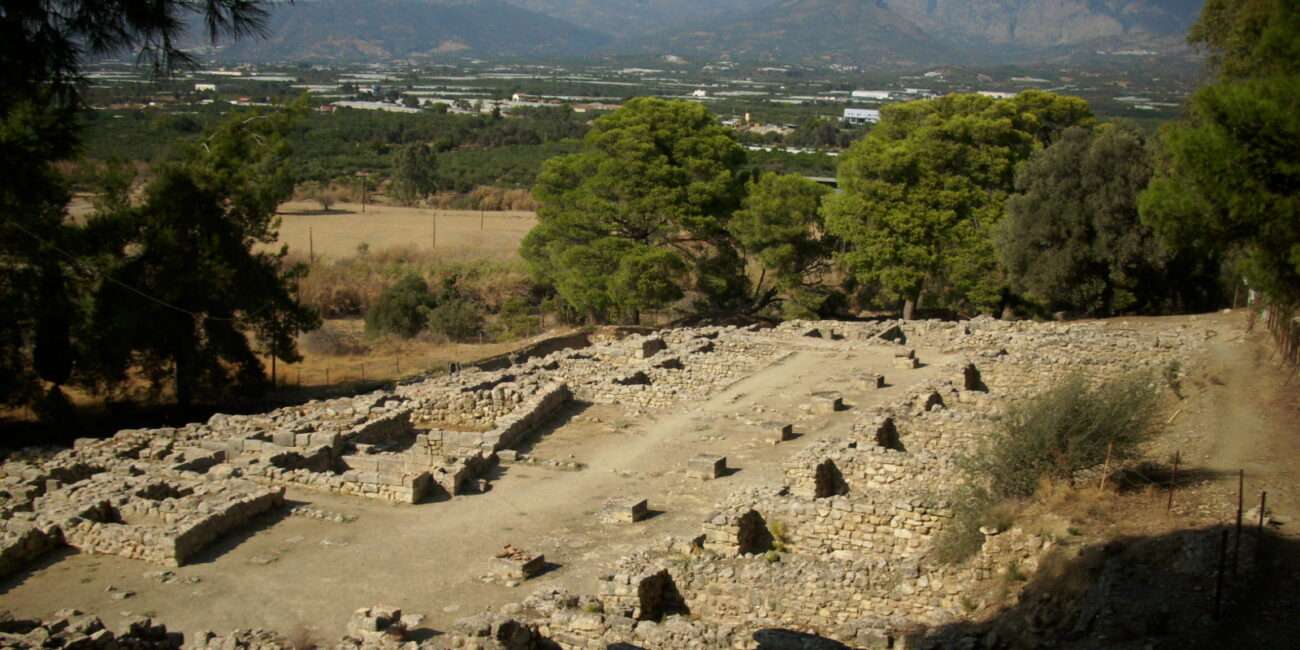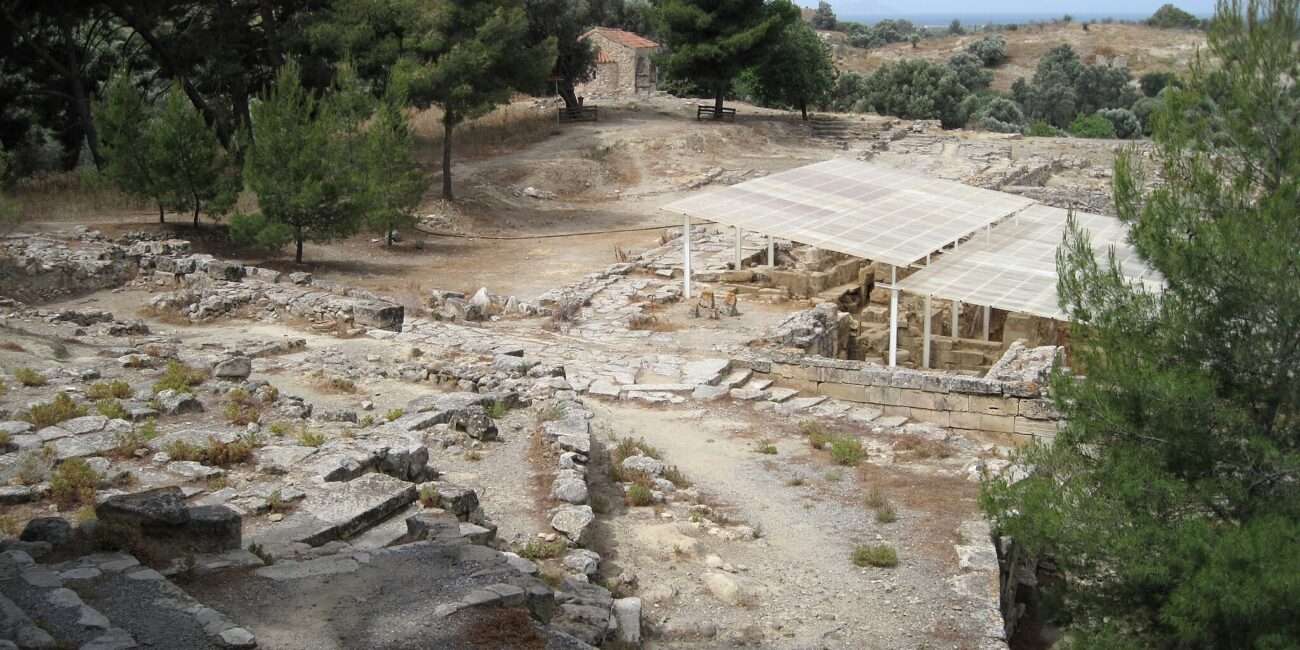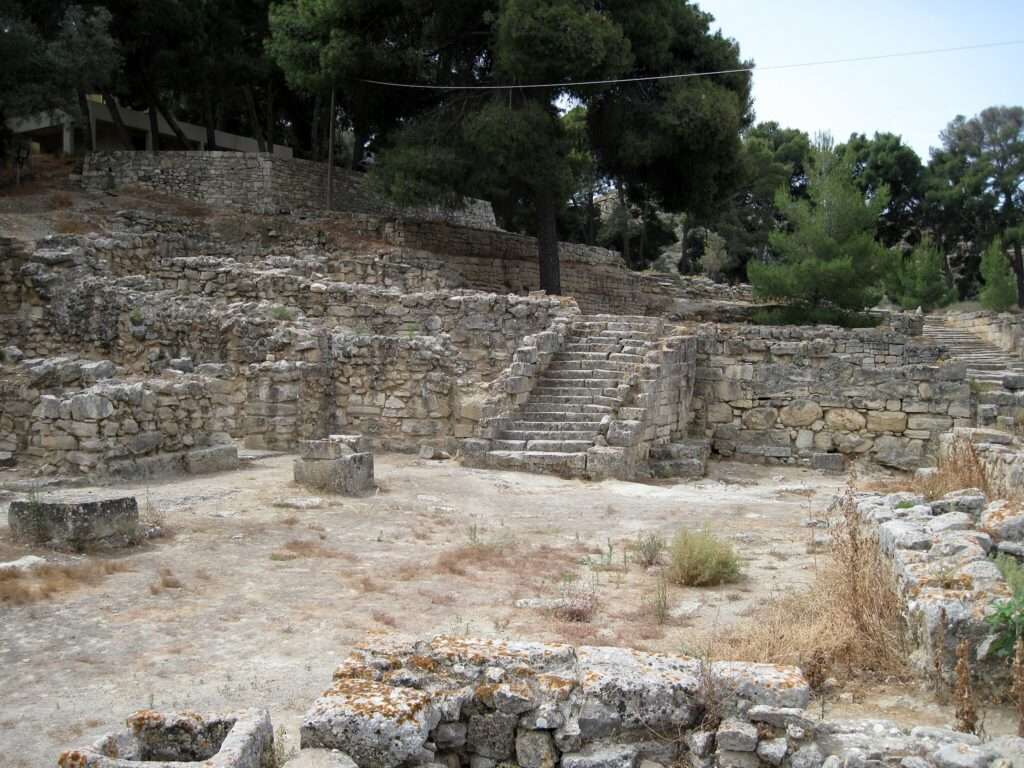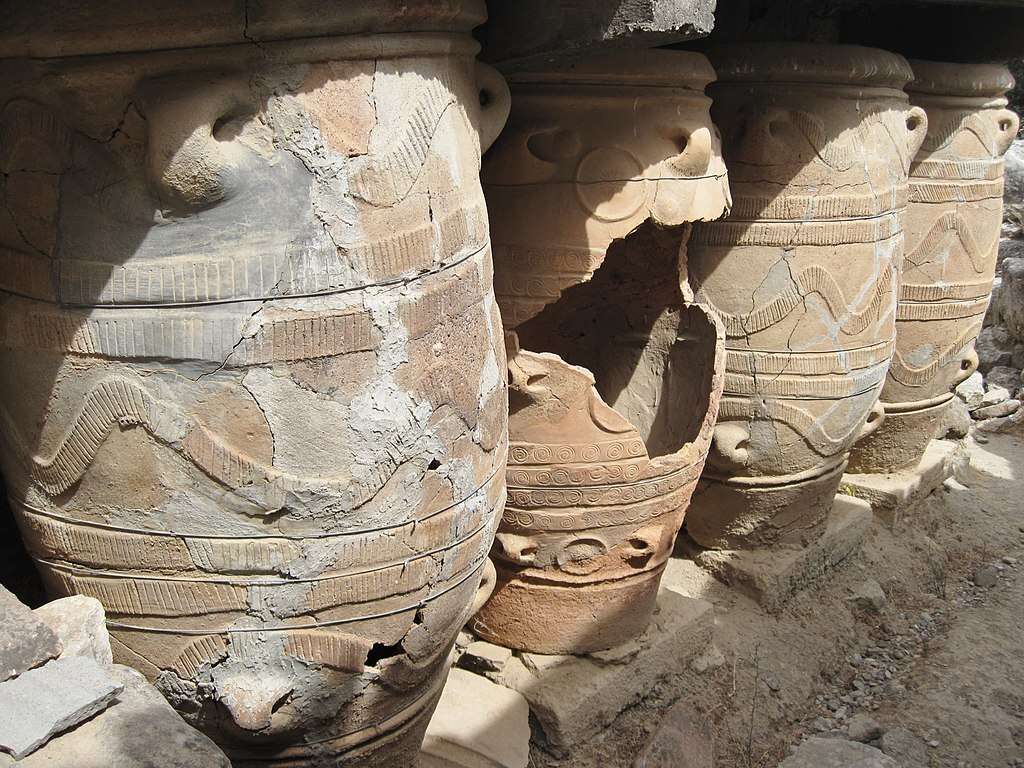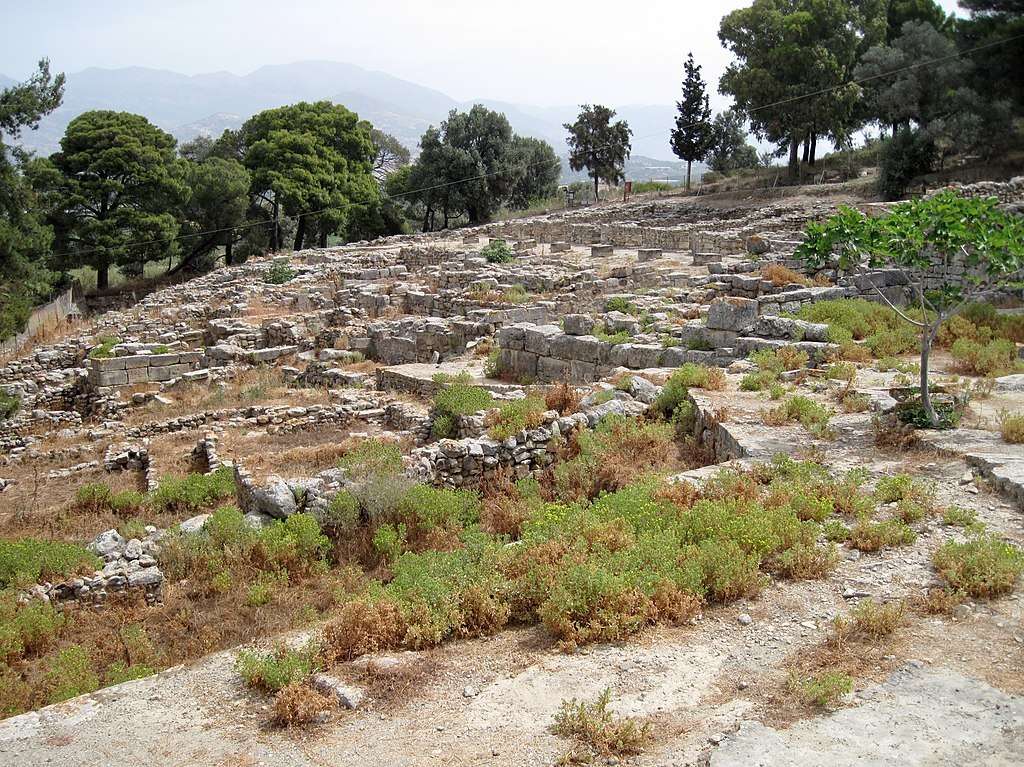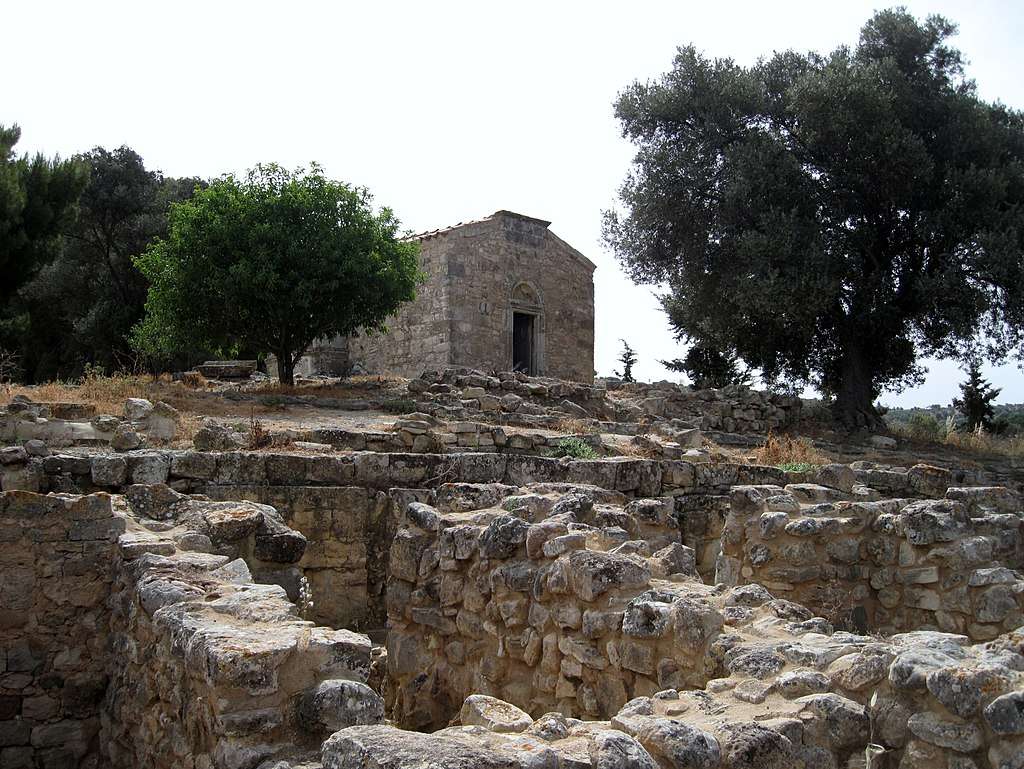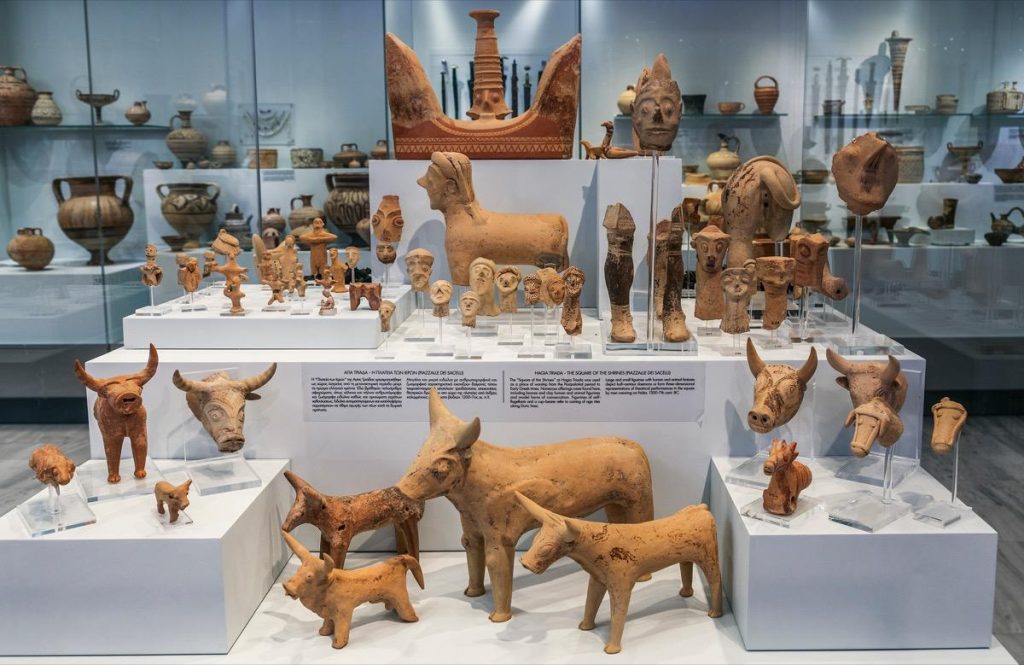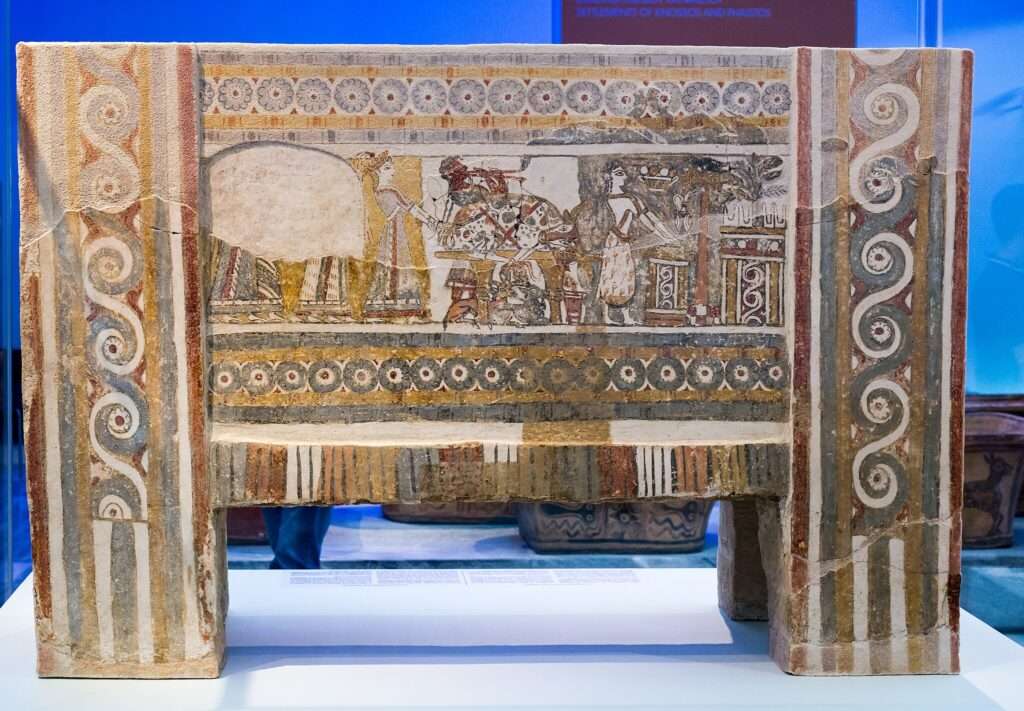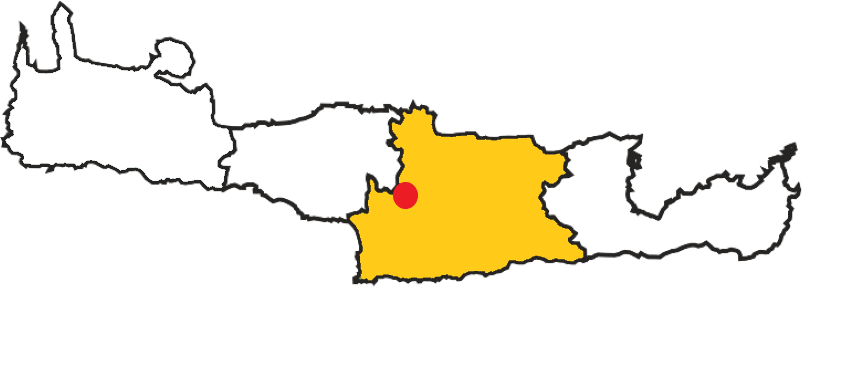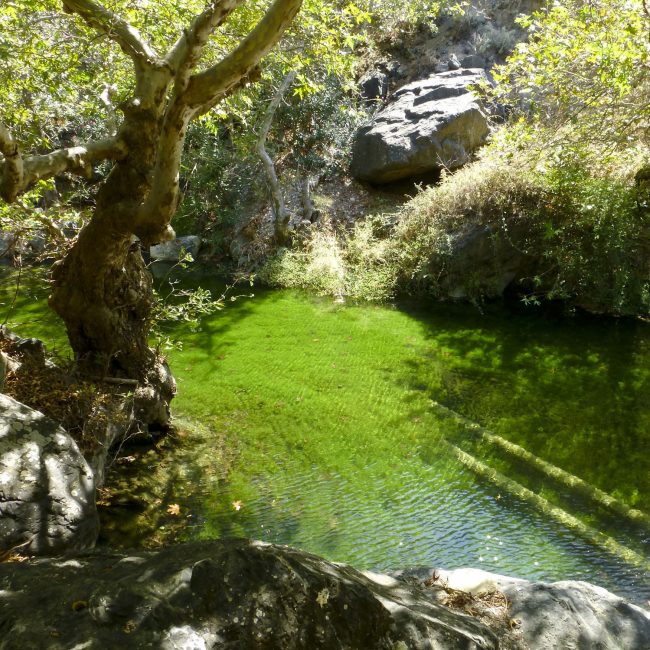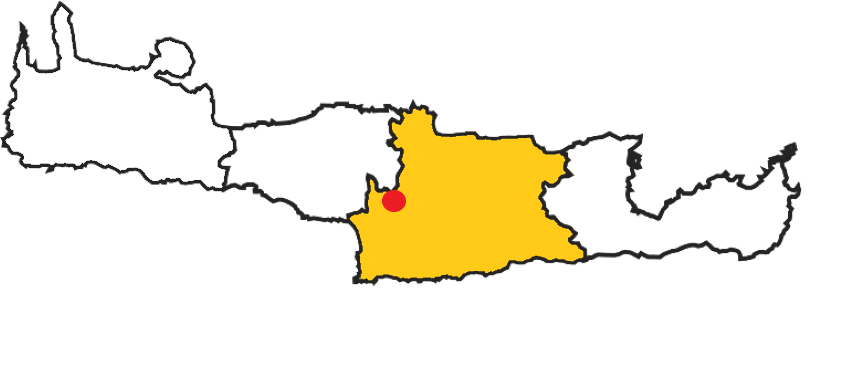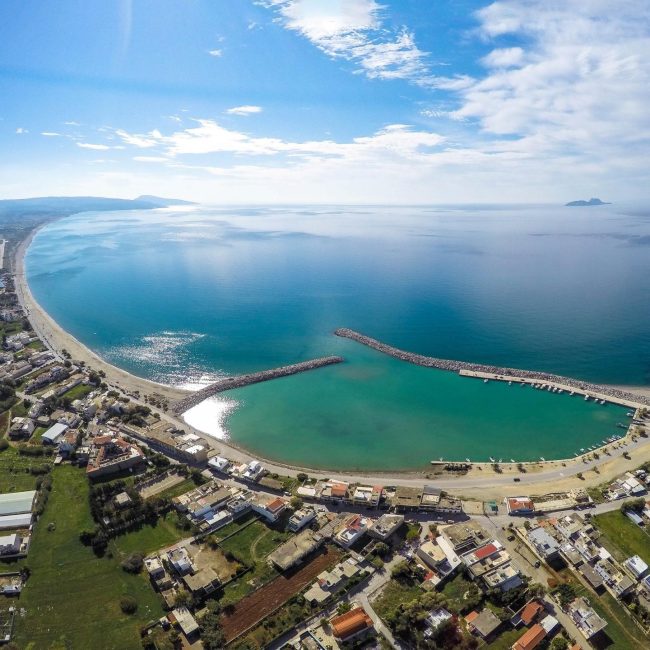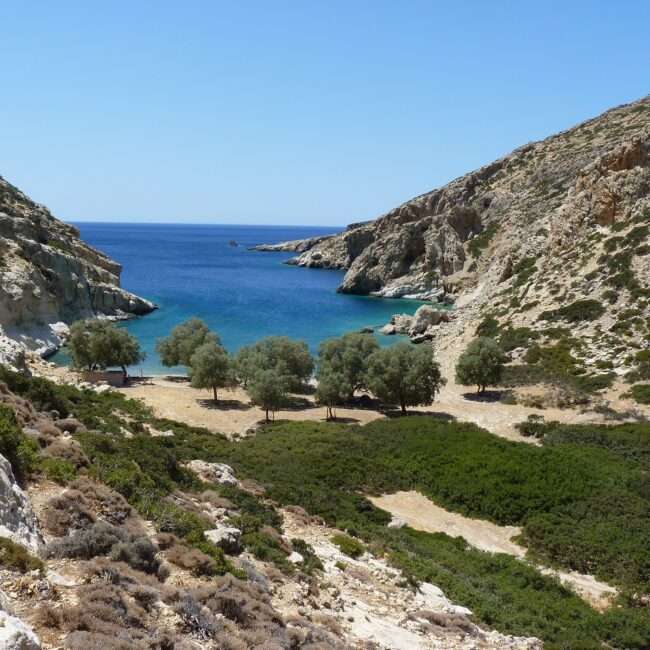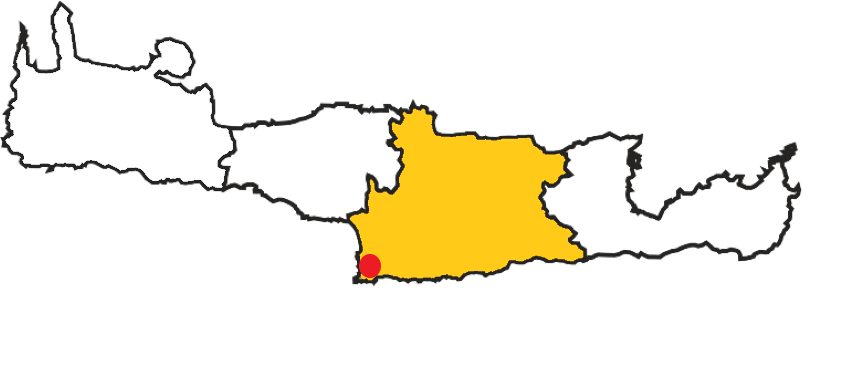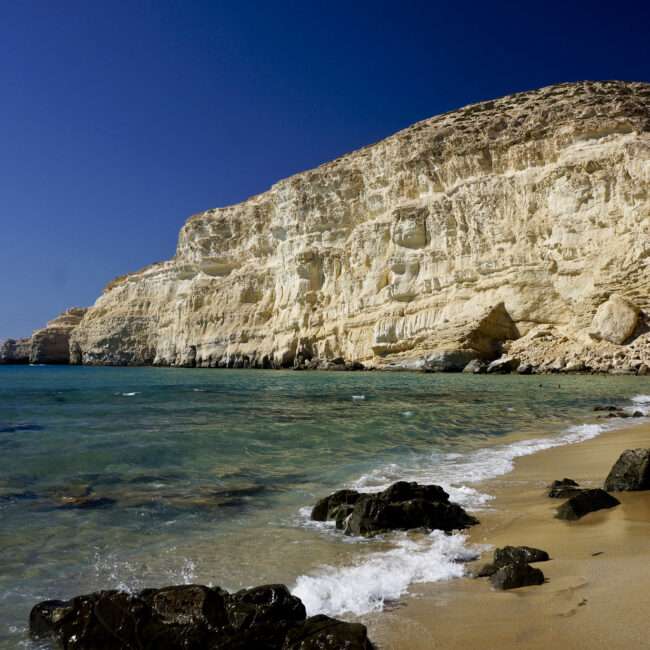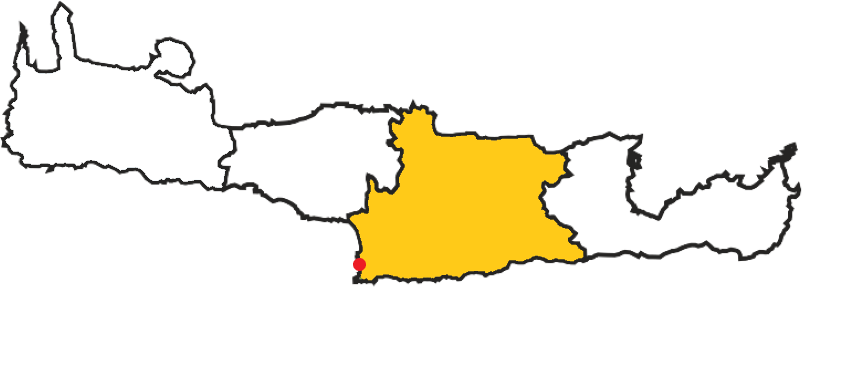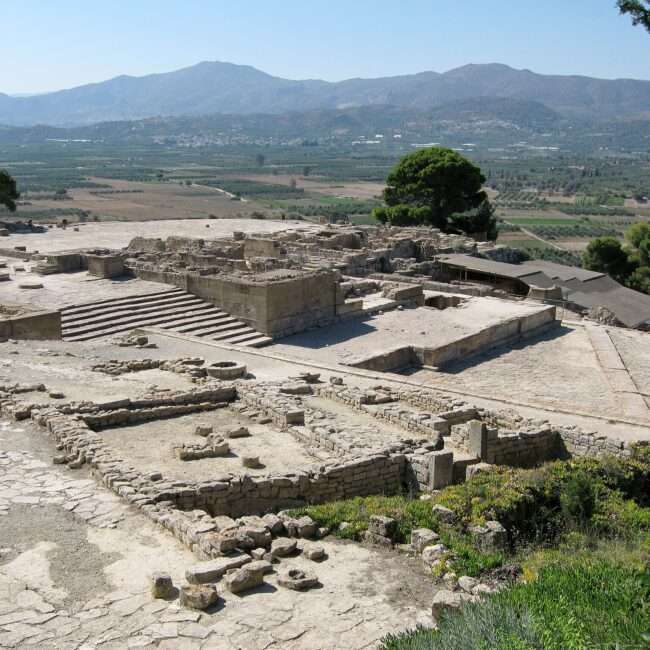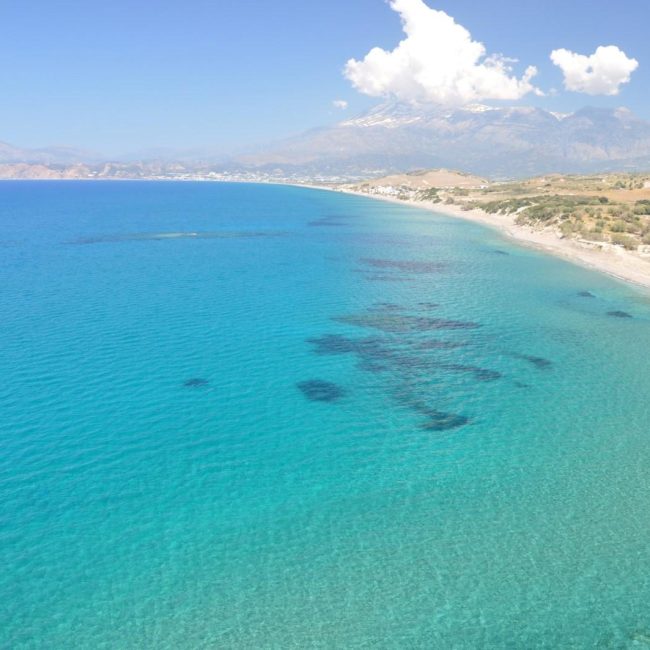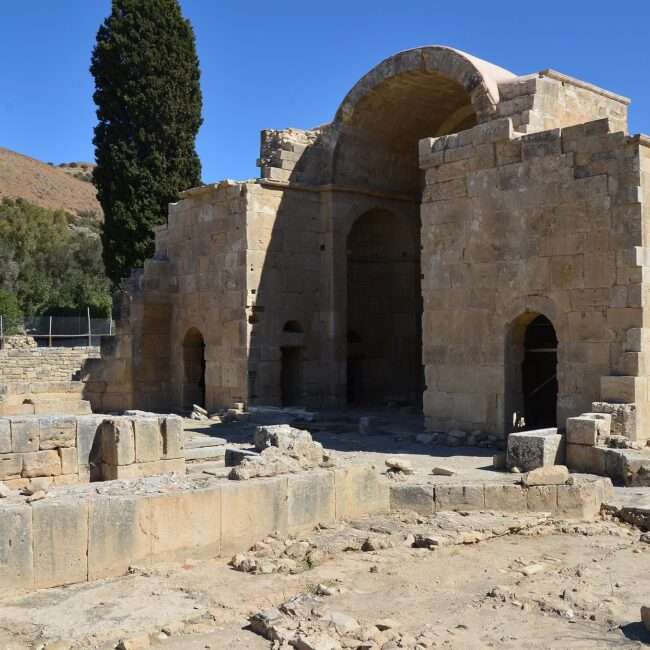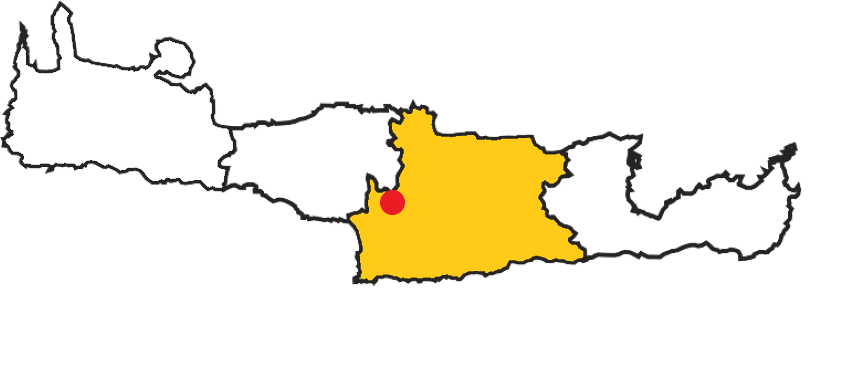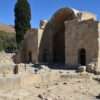Agia Triada Arch. Site
Unveiling the Past: A Glimpse into Agia Triada's Archaeological Wonders
Crete, Greece’s largest island, is famous for its rich history and archaeological treasures. Among its significant locations is the Agia Triada archaeological site in the Heraklion district, which bears witness to the interesting Minoan culture. The site provides an enthralling look at the cultural and religious traditions of an ancient culture that flourished thousands of years ago. We shall look at the history, relevance, and notable findings of the Agia Triada archaeological site in this article. Agia Triada offers a fascinating journey back in time, shedding light on the lives, rituals, and accomplishments of ancient Cretan civilizations.
Historical Background
Agia Triada, also known as Ayia Triada or Agia Trias, is an archaeological site located immediately south of the more famous Minoan palace of Phaistos. It was discovered in the late 1800s by the Italian archaeologist Federico Halbherr, who excavated extensively between 1902 and 1920. The archaeological site of Agia Triada, located near Crete’s southern shore, flourished throughout the Late Minoan period, notably between 1550 and 1200 BCE. It is thought that the Minoans used it as a ceremonial and administrative center. With their sophisticated architecture, rich artwork, and maritime dominance, the Minoans, an ancient Bronze Age culture, left an indelible mark on the island’s history.
Excavations and Discoveries
As we previously mentioned, the excavation of the Agia Triada site began in 1902 under the direction of Italian archaeologist Federico Halbherr. Over the years, subsequent excavations by Greek and foreign archaeologists have unearthed a treasure trove of artifacts and insights into Minoan life.
The so-called “villa complex“ is one of the most notable findings at Agia Triada. This elaborate edifice, which includes multiple chambers, courtyards, and staircases, demonstrates the Minoans’ architectural prowess. The amazing frescoes in the villa, which represent religious rites, hunting scenes, and everyday life, provide unique insights into Minoan art and society.
A necropolis adjacent to the villa complex was discovered, featuring tombs that shed light on Minoan burial habits. These exquisite stonework tombs showed a variety of burial artifacts, like jewelry, ceramics, and weaponry, reflecting the Minoans’ belief in an afterlife.
Agia Triada, like many archaeological sites, confronts preservation and conservation challenges. Efforts to safeguard the site’s fragile remnants and avoid further deterioration are critical for preserving the insights into Minoan history that it provides. Archaeological teams, municipal authorities, and environmentalists are working together to find a balance between public access and site integrity.
Layout and Architecture
Agia Triada provides a unique peek into the ancient Minoans’ architectural and urban planning abilities. A center courtyard is ringed by a number of interconnected apartments and constructions. The principal building complex is distinguished by its well-preserved multi-story structures, which provide insights into the Minoans’ daily lives and social organization.
The West Wing, a multi-story edifice that most likely served administrative and storage purposes, is one of the most remarkable elements. Its elaborate architecture, which includes rooms with benches and storage jars, shows its significance in resource management and trade facilitation. The existence of multiple storage vessels indicates the importance of the site in trade and commerce during its heyday.
Historical Significance and Interpretation
The importance of Agia Triada goes beyond its architectural and artistic splendor. The site provides insight into Minoan society’s political, economic, and religious features. Advanced urban design and elaborate administrative systems point to a sophisticated civilization with a well-developed social framework.
Furthermore, Agia Triada’s closeness to other important Minoan sites, such as Phaistos and Gortyn, reveals a network of interconnected cities that contribute to the island’s cultural and economic progress. The proximity of these places raises concerns about the potential political dynamics and interconnections between them.
Despite tremendous investigation and discoveries, much about Agia Triada remains unknown. The history and purpose of the place are still being debated by academics. Researchers are still investigating the links between Agia Triada and other Minoan centers, as well as its importance in the larger cultural and economic environment of ancient Crete.
Artifacts and Religious Significance
The religious structures and relics of Agia Triada are likewise well-known. At the site, a modest sanctuary dedicated to the worship of a Minoan deity, maybe related to fertility and agriculture, was uncovered. Archaeologists discovered votive gifts, including figurines and pottery, indicating that the shrine was important in Minoan religious rites.
The “Triad,” a terracotta figurine trio portraying a priest, a goddess, and a male worshiper, is one of the most notable discoveries at Agia Triada. This relic, together with other religious artefacts discovered on the site, indicates the presence of a substantial religious center. The presence of an exquisite Minoan shrine adds to Agia Triada’s religious significance.
The Holy Trinity sarcophagus is a 137-cm-long inscribed limestone urn, a Late Bronze Age porolithic item from around 1200 BCE/BC (Late Minoan III), discovered at the Holy Trinity of Heraklion in 1903. It is thought to be the most complete pre-Homeric imagery of a sacrificial ceremony and its fresco art provides information on the burial traditions of the aristocrats of the period when Crete was under Mycenaean dominion. It is on display at the Heraklion Archaeological Museum. In terms of subject matter and technical performance, the sarcophagus as a whole includes Minoan and Mycenaean elements.
These artifacts are displayed at Heraklion’s Archeological Museum.
Additional informations for the site
66 kms from Heraklion.
Adults 4€, over 65 2€. Youth up to 18 and students, free.
No caffeteria or W.C.
Summer 08:00-15:30 daily.
Winter 10:00 - 16:00 daily.
Usually visitors stay in this area up to 45 minutes.
Available Wi - Fi.
Phone Number: +30 2810 28 8394
Unfortunately no Infrastructure for the handicap.
How to Get There
To get to the Agia Triada archaeological site in Crete, you can follow these general directions. Keep in mind that transportation options and routes may vary, so it’s a good idea to double-check with local sources for the most up-to-date information:
Starting Point: Heraklion The typical starting point for visiting the Agia Triada archaeological site is the city of Heraklion, the capital of Crete.
By Car: The most convenient way to reach Agia Triada is by car. From Heraklion, you can take the National Road (E75) southward in the direction of Mires. After reaching Mires, continue following signs to Phaistos, as Agia Triada is located close to Phaistos. Agia Triada is about 1.5-2 hours’ drive from Heraklion, depending on traffic and road conditions.
By Public Transportation: Public buses also operate between Heraklion and Phaistos. You can take a bus from the KTEL Bus Station in Heraklion to Mires, and from Mires, you can catch another bus to Phaistos. Keep in mind that bus schedules may vary, so it’s recommended to check the bus timetables in advance.
Local Tours and Excursions: Another option is to join guided tours or excursions that offer transportation to archaeological sites like Agia Triada. These tours often include a knowledgeable guide who can provide insights into the history and significance of the site.
Accommodation: If you plan to spend more time exploring the area, you might consider staying in nearby towns like Matala or Phaistos. This would allow you to explore not only Agia Triada but also other archaeological sites and attractions in the region.
It’s important to note that visiting archaeological sites may have specific opening hours, admission fees, and guidelines for visitors. Before you go, make sure to check the latest information about the site’s accessibility, opening hours, and any requirements you need to be aware of. Additionally, consider using navigation apps or local maps to help you navigate to the Agia Triada archaeological site.
Conclusion
The archaeological site of Agia Triada in Crete’s Heraklion district provides an enthralling glimpse into the realm of ancient Minoan culture. Its well-preserved architecture, fascinating artifacts, and enigmatic history entice visitors and researchers alike. Agia Triada’s tale continues to develop thanks to the hard work of archaeologists and the interest of people who discover its treasures, reminding us of the eternal charm of the past and the significance of preserving it for future generations.
ADDITIONAL TIPS FOR AN ENJOYABLE VISIT TO Agia triada archeological site
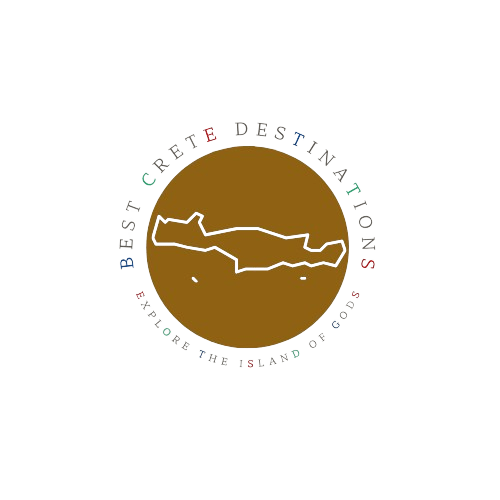
Destinations near agia triada ach. site
More options for nearby locations to plan your vacations better!



